Gem Profile- Jade
Jade
When most people talk about Jade, they are thinking of a lovely green stone that can be carved into a wide variety of ornaments, including jewelry. Jade is actually the geological label used for two different minerals that man has recognized for centuries.
When most people talk about Jade, they are thinking of a lovely green stone that can be carved into a wide variety of ornaments, including jewelry. Jade is actually the geological label used for two different minerals that man has recognized for centuries.
The more precious material, Jadeite, is usually identified as green, can also occur with or as other colors such as black, pink, red and violet, while the more abundant gem-rock Nephrite is found mainly in color hues of green, white, and gray. Both of these lovely metamorphic stones have an oily feel, are aluminum silicates, have a Mohs hardness of 6.5 to 7, streak white, and can occur in similar colors, so they are rather difficult to tell apart. It wasn't until 1863 that these two materials were scientifically determined to be two different minerals!
The difference between nephrite and jadeite. Right: Nephrite. Left: Jadeite. Private collection, Skye Thompson.
The difference between nephrite and jadeite. Right: Nephrite. Left: Jadeite. Private collection, Skye Thompson.

Jadeite
Rare green jadeite owes its color to chromium, while darker color versions of both jadeite and nephrite come from the additional presence of iron. The translucent, emerald green form of Jadeite is recognized as "the" gemstone version of all stones labeled jade where the most perfect, gem specimens found in Burma are aptly named "Imperial Jade". Jadeite colors also include apple-green, gray, white, cream-yellow, and lavender! Jadeite material is found in several different countries, such as Guatemala, Russia, Kazakhstan, Japan, and North America; however, the absolute best gem quality material is mined in Burma. Believe it or not, there is no true jadeite to be found in China!
Carved Burmese Jadeite pendant, Ganesha, god to the artist. Private Collection, Dale Armstrong.
Rare green jadeite owes its color to chromium, while darker color versions of both jadeite and nephrite come from the additional presence of iron. The translucent, emerald green form of Jadeite is recognized as "the" gemstone version of all stones labeled jade where the most perfect, gem specimens found in Burma are aptly named "Imperial Jade". Jadeite colors also include apple-green, gray, white, cream-yellow, and lavender! Jadeite material is found in several different countries, such as Guatemala, Russia, Kazakhstan, Japan, and North America; however, the absolute best gem quality material is mined in Burma. Believe it or not, there is no true jadeite to be found in China!
Carved Burmese Jadeite pendant, Ganesha, god to the artist. Private Collection, Dale Armstrong.
Nephrite
Nephrite is a form of the common mineral actinolite (a form of asbestos) and is considered to be the jade of ancient China. The nephrite version of jade can also be found in various locations around the world including: China, Taiwan, New Zealand, Canada, India, Australia, USA, Russia, New Zealand and Germany. Probably the most famous mines in North America are in British Columbia, Canada. These mines produce nephrite as well as a nephrite imposter, serpentine, which is really a type of marble. The nephrite form of jade that is mined in British Columbia is massive (boulders often weigh 100 tons or more), and is used to make tiles for home interiors as well as carved into huge statues, made into jewelry pieces, and even used for countertops! Sometimes it occurs in such a rich dark green that it is called Spinach Jade.
This small slab of Canadian nephrite is 4 feet long and 1-1/2 inches thick. Private collection, Dale Armstrong.
Nephrite is a form of the common mineral actinolite (a form of asbestos) and is considered to be the jade of ancient China. The nephrite version of jade can also be found in various locations around the world including: China, Taiwan, New Zealand, Canada, India, Australia, USA, Russia, New Zealand and Germany. Probably the most famous mines in North America are in British Columbia, Canada. These mines produce nephrite as well as a nephrite imposter, serpentine, which is really a type of marble. The nephrite form of jade that is mined in British Columbia is massive (boulders often weigh 100 tons or more), and is used to make tiles for home interiors as well as carved into huge statues, made into jewelry pieces, and even used for countertops! Sometimes it occurs in such a rich dark green that it is called Spinach Jade.
This small slab of Canadian nephrite is 4 feet long and 1-1/2 inches thick. Private collection, Dale Armstrong.

Jade and Culture
The name "jade" comes from Spanish explorers with Cortez, who received small, kidney-shaped stones from the Indians in the Americas. As history tells us, early civilization believed that items found in shapes representative of the human body had a special meaning for the body, so they named this material "stone of the flank or loins", or "kidney stone." Therefore these little jade specimens were thought to help with disorders of the kidneys.
Both forms of jade have enjoyed being a part of history and culture for centuries. Prehistoric man used this firm but easily-carved material to fashion many types of hand tools and weapons. Asian peoples have revered jade throughout history: wars have been fought over it and entire cities have been traded for it!
Visiting the Orchid Jade Factory in Chiang Mai, Thailand we were privileged to watch the carvers work on jadeite.
The name "jade" comes from Spanish explorers with Cortez, who received small, kidney-shaped stones from the Indians in the Americas. As history tells us, early civilization believed that items found in shapes representative of the human body had a special meaning for the body, so they named this material "stone of the flank or loins", or "kidney stone." Therefore these little jade specimens were thought to help with disorders of the kidneys.
Both forms of jade have enjoyed being a part of history and culture for centuries. Prehistoric man used this firm but easily-carved material to fashion many types of hand tools and weapons. Asian peoples have revered jade throughout history: wars have been fought over it and entire cities have been traded for it!
Visiting the Orchid Jade Factory in Chiang Mai, Thailand we were privileged to watch the carvers work on jadeite.

Very skilled craftsmen work magic with the gorgeous product in their country! Orchid Jade Factory, Chiang Mai, Thailand

Some scholars have suggested that the Chinese civilization was built around jade. Prized for more than 6000 years, in China jade was known as the Stone of Heaven, adorning both the population and historic buildings of that country. Whereas Westerners prefer the green varieties of jade, the Chinese consider the white version more precious than gold. The Chinese even crafted cups and plates, so that people could take in the fortune and prosperity the stone was valued for.
To the Maori of New Zealand, jade was and is still an important cultural symbol. The stone is carved into amulet pendants called hei-tiki that are worn for spiritual guidance and protection, passed down through family generations. Jade was also prized by the Olmec and Mayan civilizations in the Americas.
In many modern cultures, Jade is given as a token of friendship, or as an engagement gift. To some, Jade symbolizes the 12th wedding anniversary.
To the Maori of New Zealand, jade was and is still an important cultural symbol. The stone is carved into amulet pendants called hei-tiki that are worn for spiritual guidance and protection, passed down through family generations. Jade was also prized by the Olmec and Mayan civilizations in the Americas.
In many modern cultures, Jade is given as a token of friendship, or as an engagement gift. To some, Jade symbolizes the 12th wedding anniversary.
Jade: The Real and the Imposters
Like most important gemstones, there are always a few imposters that one must watch out for when shopping for jade. In China, for example, the word jade has traditionally been applied not only to nephrite jade, but to green serpentine and soapstone (talc) whose appearance closely resemble true jade. Common misnomers and the materials they represent are:
Like most important gemstones, there are always a few imposters that one must watch out for when shopping for jade. In China, for example, the word jade has traditionally been applied not only to nephrite jade, but to green serpentine and soapstone (talc) whose appearance closely resemble true jade. Common misnomers and the materials they represent are:
Common Name Actual Stone
Korean Jade Serpentine or gem serpentine (bowenite)
Indian Jade Aventurine
Mexican Jade Green-dyed calcite
Transvaal Jade Green hydrogrossular garnet
Amazon or Colorado Jade Amazonite (blue-green or green) feldspar
Oregon or Swiss Jade Green chalcedony
Variety of jadeite carvings and cabochons. Private collection, Dale Armstrong.

Metaphysical Properties of Jade
Both jadeite and nephrite are considered stones that resonate with the heart chakra, assisting in bringing calm and clarity of thought to an otherwise stressed, anxious, or restless spirit. Jadeite especially is a positive stone, assisting in bringing friendships and riches to a person. Relating to the kidney history as discussed above, nephrite (related to nephros, Latin for kidney) is thought to be beneficial for kidney issues.
Both jadeite and nephrite are considered stones that resonate with the heart chakra, assisting in bringing calm and clarity of thought to an otherwise stressed, anxious, or restless spirit. Jadeite especially is a positive stone, assisting in bringing friendships and riches to a person. Relating to the kidney history as discussed above, nephrite (related to nephros, Latin for kidney) is thought to be beneficial for kidney issues.
Resources
Book Resources:
Peterson Field Guide - Rocks and Minerals by Frederick H. Pough, ISBN-0-395-91096-X
Simon & Schuster's Guide to Gems and Precious Stones, ISBN 0-671-60430-9
Love Is in The Earth, by Melody, ISBN 0-9628190-3-4
Internet Resources:
www.wikipedia.org
Book Resources:
Peterson Field Guide - Rocks and Minerals by Frederick H. Pough, ISBN-0-395-91096-X
Simon & Schuster's Guide to Gems and Precious Stones, ISBN 0-671-60430-9
Love Is in The Earth, by Melody, ISBN 0-9628190-3-4
Internet Resources:
www.wikipedia.org
Materials

Wire

Jade Cabochons

Jade Beads

New Burma Jade Beads

West African Jade

Yellow Jade Beads

Jade 10mm Round Beads - 8 Inch Strand
A1-645
- Lesson Quantity: 1.00 pieces
- Purchase Quantity: 1.00 each
- Price: $11.37
- Gold Club Price: $8.53

Jade 10x14mm Oval Cabochon - Pack of 2
E8-11B
- Lesson Quantity: 1.00 pieces
- Purchase Quantity: 1.00 each
- Price: $6.00
- Gold Club Price: $4.50

New Burma Jade 10x20mm Double Drilled Beads - 8 Inch Strand
A1-777
- Lesson Quantity: 1.00 pieces
- Purchase Quantity: 1.00 each
- Price: $13.97
- Gold Club Price: $10.48

New Burma Jade 6mm Round Beads - 8 Inch Strand
A1-768
- Lesson Quantity: 1.00 pieces
- Purchase Quantity: 1.00 each
- Price: $6.37
- Gold Club Price: $4.78

Yellow Jade 12mm Coin 8 Inch Strand
A1-865
- Lesson Quantity: 1.00 pieces
- Purchase Quantity: 1.00 each
- Price: $8.47
- Gold Club Price: $6.35

Yellow Jade 6mm Round 8 Inch Strand
A1-870
- Lesson Quantity: 1.00 pieces
- Purchase Quantity: 1.00 each
- Price: $6.37
- Gold Club Price: $4.78
Tools

Ultimate wire-pliers Set
G15-20
- G15-20
- Lesson Quantity: 1.00 pieces
- Purchase Quantity: 1.00 each
- Price: $99.95
- Gold Club Price: $74.96

Bench Tools
- Category: General Education
- Technique(s): General Education






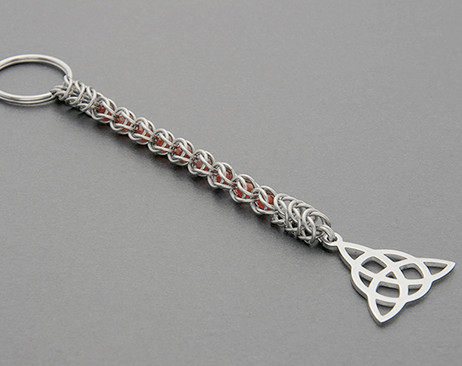
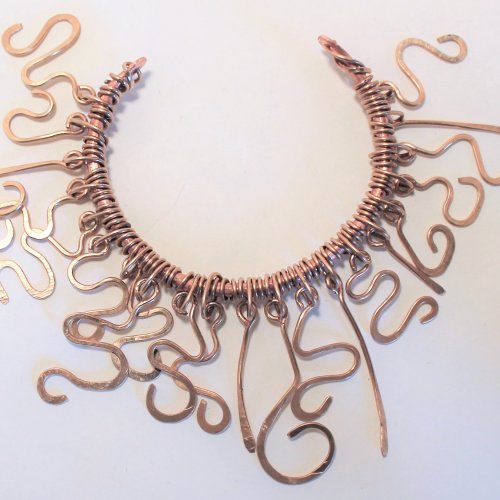
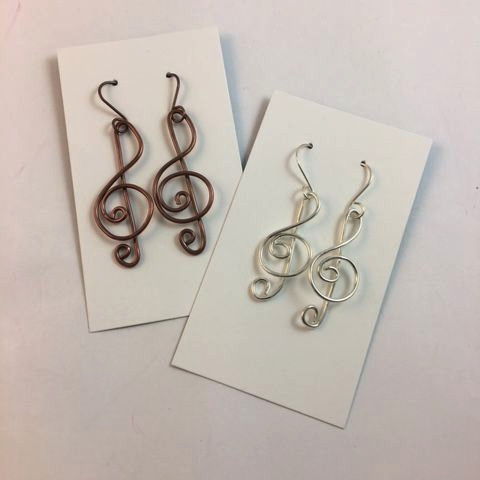

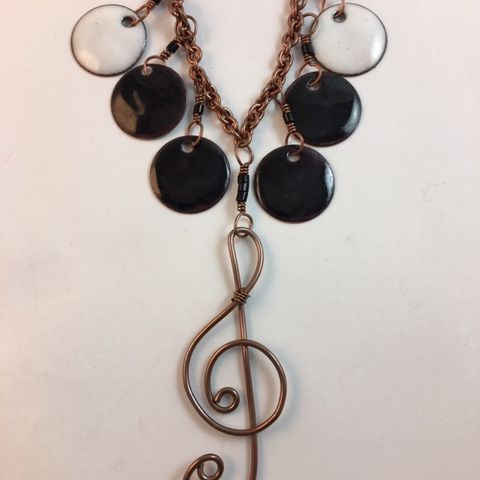
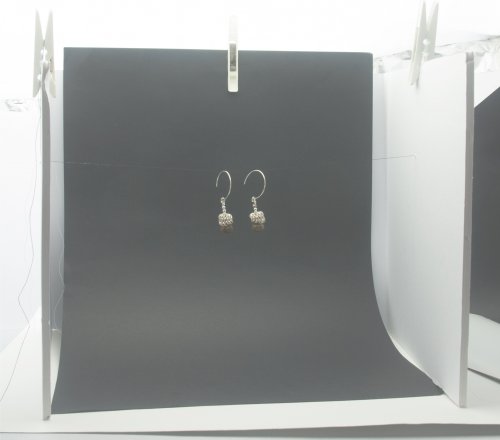

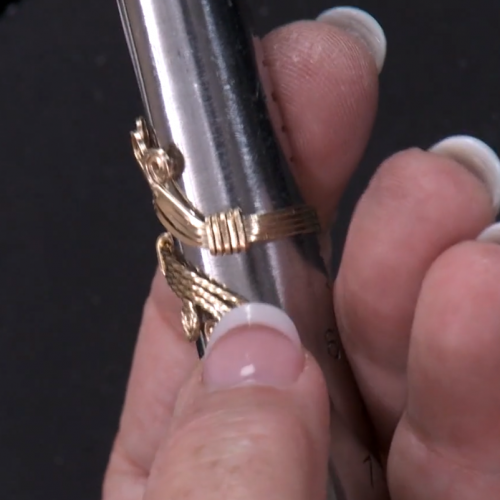

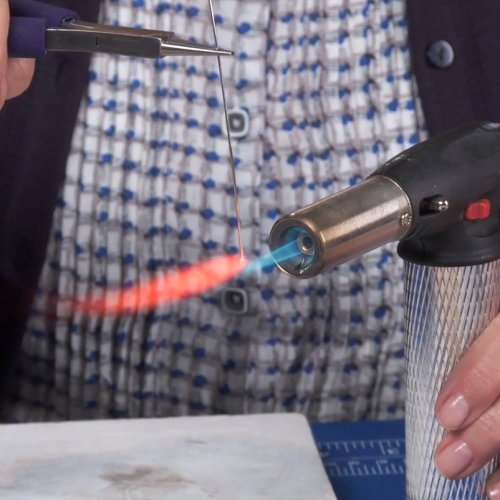

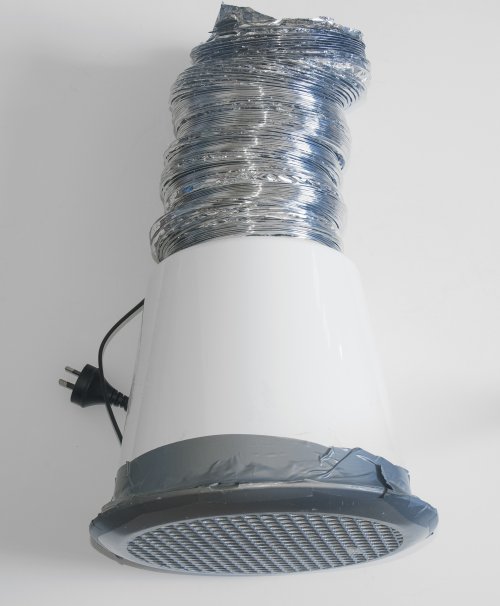
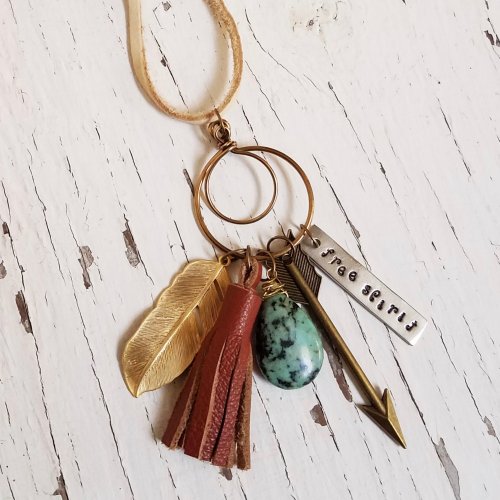
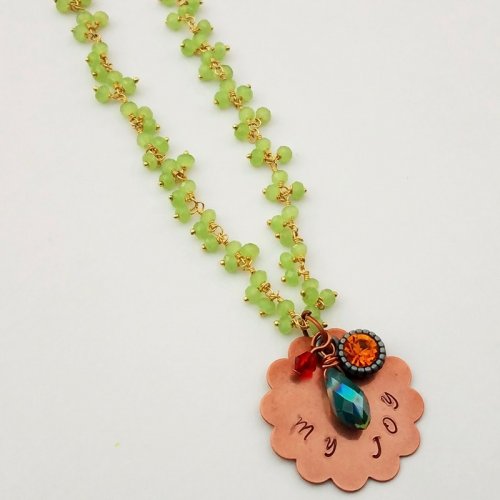
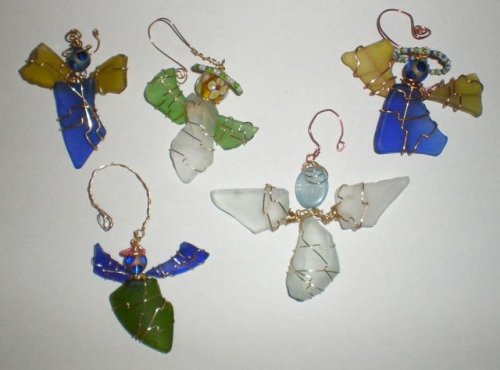
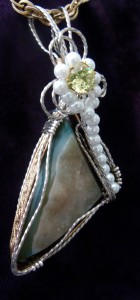
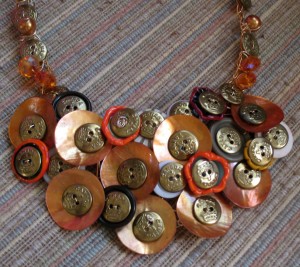
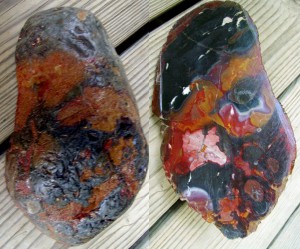 Gem Profile- Beautifully Colored Jasper
Gem Profile- Beautifully Colored Jasper Gem Profile- Common Opal
Gem Profile- Common Opal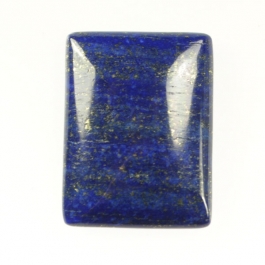 Gem Profile- Lapis Lazuli
Gem Profile- Lapis Lazuli Wire Sculpture Expert Dale -Cougar- Armstrong Interview
Wire Sculpture Expert Dale -Cougar- Armstrong Interview Getting Twisted - Jewelry Making Tools
Getting Twisted - Jewelry Making Tools How to Price Your Wire Jewelry
How to Price Your Wire Jewelry How to Measure Gemstones for Settings
How to Measure Gemstones for Settings Cool Anklets are HOT
Cool Anklets are HOT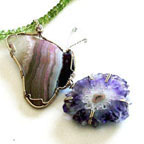 Inspiration Comes from Everywhere and Every Thing
Inspiration Comes from Everywhere and Every Thing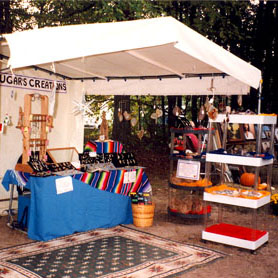 Wire Jewelry Display and Booth Ideas
Wire Jewelry Display and Booth Ideas Where to Sell Your Wire Jewelry
Where to Sell Your Wire Jewelry How to Choose Wire Temper for Making Jewelry
How to Choose Wire Temper for Making Jewelry What Gauge of Wire Should I Use to Make Jewelry
What Gauge of Wire Should I Use to Make Jewelry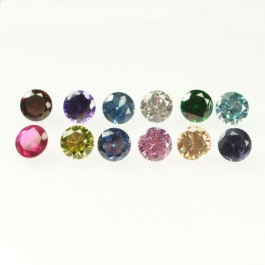 What's a Cubic Zirconia Stone
What's a Cubic Zirconia Stone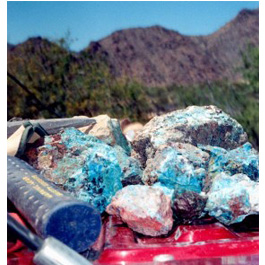 Rockhounding - A Beginner's Guide
Rockhounding - A Beginner's Guide What Shape of Wire Should I Use to Make Jewelry
What Shape of Wire Should I Use to Make Jewelry Gem Profile- Bloodstone
Gem Profile- Bloodstone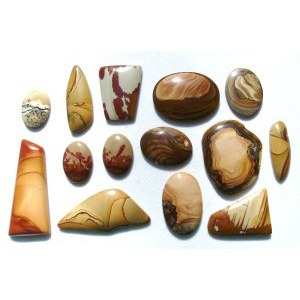 Gem Profile- Picture Jasper
Gem Profile- Picture Jasper Gem Profile- Patterned Jaspers
Gem Profile- Patterned Jaspers Gem Profile- What is Jasper
Gem Profile- What is Jasper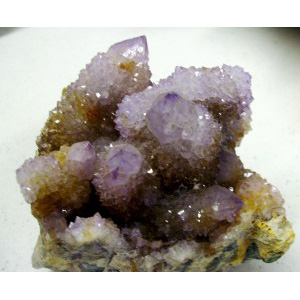 Gem Profile- Quartz Introduction
Gem Profile- Quartz Introduction Gem Profile- Wishful Turquoise
Gem Profile- Wishful Turquoise Gem Profile- Amethyst
Gem Profile- Amethyst Gem Profile- Fluorite
Gem Profile- Fluorite Gem Profile- Obsidian
Gem Profile- Obsidian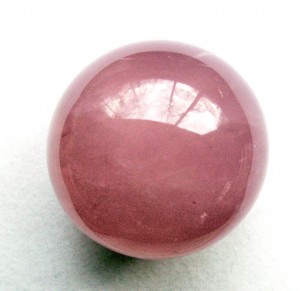 Gem Profile- Rose Quartz
Gem Profile- Rose Quartz Gem Profile- Smoky Quartz
Gem Profile- Smoky Quartz Gem Profile- Citrine and Ametrine
Gem Profile- Citrine and Ametrine Gem Profile- Labradorite
Gem Profile- Labradorite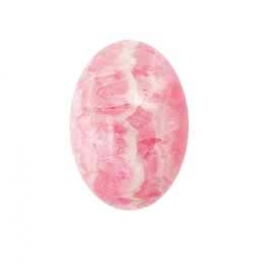 Gem Profile- Rhodochrosite
Gem Profile- Rhodochrosite Gem Profile- Moonstone
Gem Profile- Moonstone Gem Profile- Prehnite
Gem Profile- Prehnite Gem Profile- Amazonite
Gem Profile- Amazonite Gem Profile- Corundum
Gem Profile- Corundum Gem Profile- Quartz with Inclusions Part 1
Gem Profile- Quartz with Inclusions Part 1 Gem Profile- Quartz with Inclusions Part 2
Gem Profile- Quartz with Inclusions Part 2 Gem Profile- Aventurine
Gem Profile- Aventurine Gem Profile- Macrocrystalline Quartz
Gem Profile- Macrocrystalline Quartz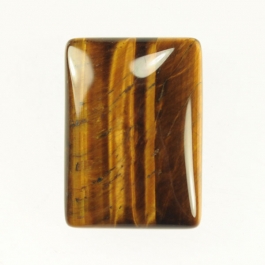 Gem Profile- Tiger Eye
Gem Profile- Tiger Eye Gem Profile- Fire Agate and Iris Agate
Gem Profile- Fire Agate and Iris Agate Gem Profile- Amber
Gem Profile- Amber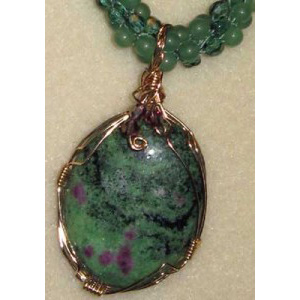 Gem Profile- Ruby Zoisite
Gem Profile- Ruby Zoisite Gem Profile- Ruby Fuchsite
Gem Profile- Ruby Fuchsite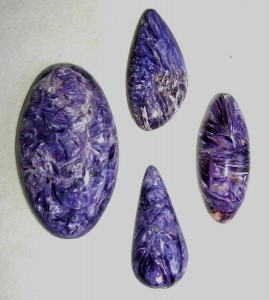 Gem Profile- Charoite
Gem Profile- Charoite Gem Profile- Moldavite
Gem Profile- Moldavite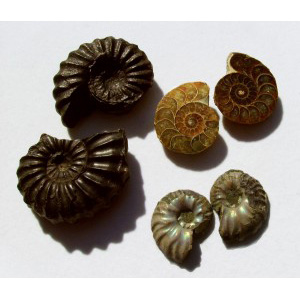 Gem Profile- Ammolite
Gem Profile- Ammolite Gem Profile- White Precious Opal
Gem Profile- White Precious Opal Gem Profile- Opalized Fossils
Gem Profile- Opalized Fossils Gem Profile- Boulder Opal
Gem Profile- Boulder Opal Gem Profile- Black Precious Opal
Gem Profile- Black Precious Opal Gem Profile- Pyrite
Gem Profile- Pyrite Gem Profile- Opal Introduction
Gem Profile- Opal Introduction


